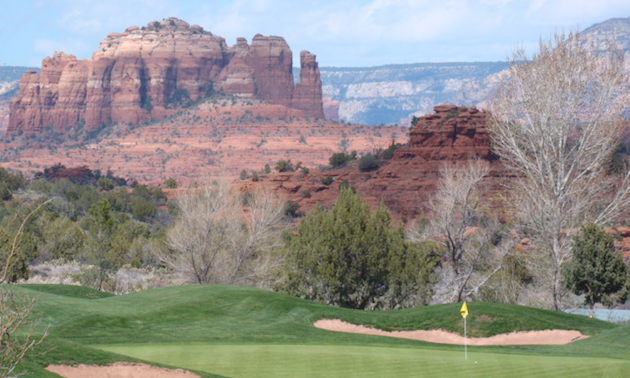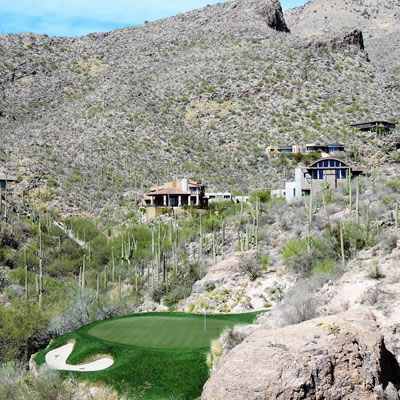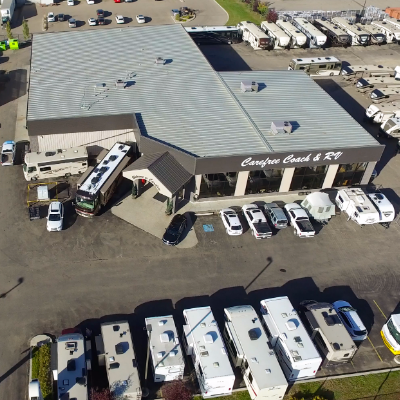Playing golf in the desert requires some changes to your game
The Desert Rule means playing the ball as a lateral hazard and taking a stroke penalty

For a majority of snowbirds, golfing is a major winter activity. Playing desert golf, as opposed to golf in British Columbia, requires a few adjustments in technique. It usually takes two to three rounds to make these minor adjustments and feel confident about the shot.
-
Because you are at a higher elevation above sea level, combined with the hard fairways and the dry air, the ball travels farther. In British Columbia the ball does not travel as far because of lower elevations with lush, soft fairways producing little roll. The extra distance is not a problem unless you constantly drive through the fairway on the doglegs.
- Desert fairways are narrow. The reason is that most courses only water a narrow strip of grass down the center, as water is scarce and expensive. As a result, when hitting off the brown grass, hit the ball thin and low with a flat backswing. Many desert courses are links courses with a waste area off the tee or a wash crossing a fairway.
-
If the ball leaves the fairway, be prepared to hit off the hard ground/rocks or use the Desert Rule. The Desert Rule means playing the ball as a lateral hazard and taking a stroke penalty, just as if the ball went into a water hazard. The trees off the fairway are not beautiful deciduous fir or pine, allowing the golfer to hit under the trees limbs. Desert courses have natural vegetation which includes mesquite trees or gnarly ironwood or yellow palo verde shrubs. Mesquite wood might be fine for barbecuing, but not for hitting a golf ball. If your golf ball hits those large saguaro cacti it often gets stuck, resulting in a one-stroke penalty.
- The rough may have some surprises from rattlesnakes, coyotes, scorpions, roadrunners, gila monsters (lizards) or javelinas (wild pig).
-
Watch out for the cactus. Walking through a cactus area needs to be done carefully, especially the cholla. It seems to jump out at you and its needles can go right through your shoes. Use leather golf shoes.
- Because most desert courses do not have lush, thick grass other than around the green, hitting a ball off very thin grass with a sand base takes some practice. Learn to use a ‘bump and run’ shot into the green, as opposed to flopping it up to the hole with a 54- or 60-degree wedge. Running the ball up to the flag or hitting a low ball with backspin takes some practice.
-
The wind and bunkers seem to go together. Desert golf usually involves wind and hitting the ball low is a must. Bunkers always seem to be deeper, because of the winds, and the sand is a little hard.
- The greens are very firm and do not hold a ball. Putting takes some practice because the greens are fast, at 8 to 10 on the stimpmeter. Expect a few three-putt greens.
-
Green fees tend to be lower than at home because of many good golf courses. The green fee usually involves a power cart with or without a GPS. Golf carts are never allowed to go into the desert.
- Dress appropriately for the desert. The temperature during the day usually does not require a sweater, but by 4:00 p.m. the desert can get very cold very quickly.








